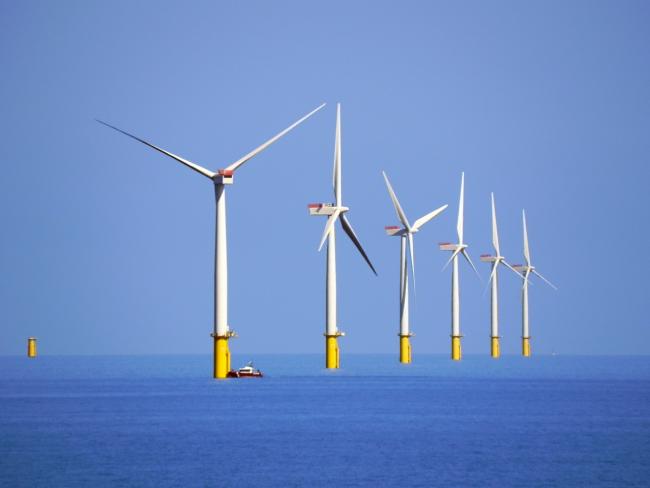13 May 2025

Walney offshore wind farm, one over 40 in operation around Britain's shores. Photo David Dixon / geograph.com (CC BY-SA 2.0).
Danish energy company Ørsted, the world’s largest offshore wind developer, has abruptly pulled out of the 2.4 gigawatt Hornsea 4 offshore wind farm in the North Sea, one of Britain’s biggest-ever wind farm projects. The company is stopping spending and cancelling contracts.
The company said this was because of “supply chain costs, higher interest rates, and an increase in the risk to construct and operate Hornsea 4 on the planned timeline.” It won the contract last year but now it says it can’t make the project work.
Support
Ørsted warned last month that the industry was at risk of a “downward spiral” and called on European governments (that is, the taxpayers) to do more to support the industry.
Renwables UK, the trade association for the renewables sector put a positive spin on the news of cancellation, saying that there was still a strong future for wind power in the UK. But the sting in the tail is that the cost of such energy must rise. It called on the government to ensure that “…auction parameters reflect the cost increases we’re seeing in the supply chain and inflationary pressures”.
Rising cost
This news follows the Ørsted’s decision last year to scrap two major offshore wind farm projects in the USA. Its rival firm, Sweden’s Vattenfall, pulled out of its 1.4 gigawatt wind farm project off the Norfolk coast in 2023, also blaming rising costs and risks.
Sam Alvis, the Institute for Public Policy Research’s head of energy security and environment, noted Ørsted’s difficulties were due to the problem of “massive supply-side constraints”, a problem which has “hit offshore wind like it has hit many other industries.”
Unrealistic
Alvis also warned that some components needed to produce wind turbines won’t be available until the mid-2030s: “The order books are full, the supply chain components aren’t there.” When the wind turbines, on which the government is depending to reach net zero by 2030, cannot be produced until the mid-2030s, it is clear that its net zero vision is completely unrealistic.
“Without Hornsea, the government is most unlikely to meet its target of clean power by 2030.”
The government wants our offshore wind capacity to triple by 2030 in order to decarbonise our electricity system by then. But without Hornsea, the government is most unlikely to meet its target of clean power by 2030.
Scientific experts warned that the concern is wider than the cancellation of one project. Professor Jun Liang of Cardiff University said, “…renewable energy – particularly offshore wind power from the North Sea – is a key driver in achieving [net zero]. While the discontinuation of a single offshore wind farm due to an isolated issue may not be catastrophic, the underlying reasons behind this decision raise significant concerns.”
